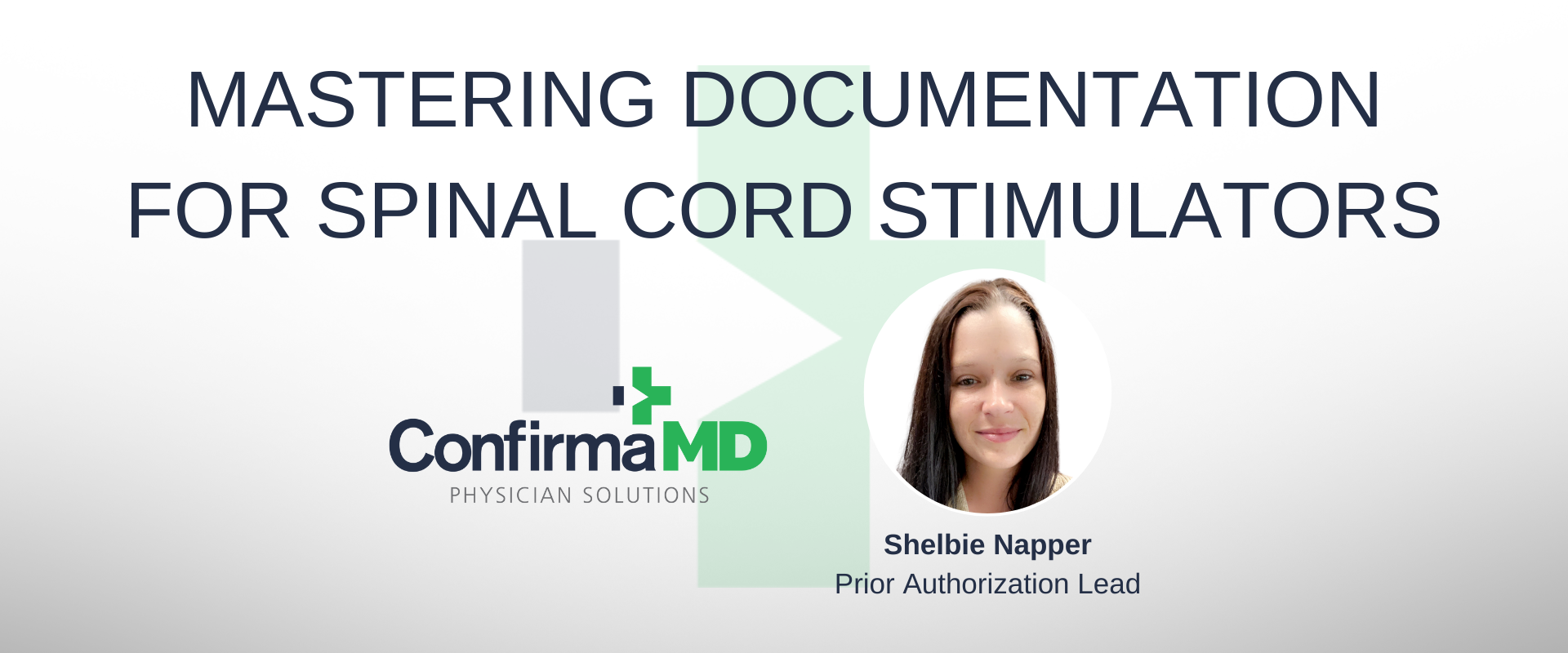

Spinal cord stimulators are devices implanted into the hip or lower back that contain wires attached to the spinal cord. These wires deliver continuous low-voltage electrical currents, interrupting pain signals to the brain. While this procedure can be an effective treatment for patients, having all the proper documentation is essential.
While not all Medicare Administrative Contractors (MACs) have a local coverage determination (LCD), they all refer back to the national coverage determination (NCD) for their medical reviews. The conditions for coverage under NCD 160.7 are below:
1. The implantation of a stimulator is used as a late resort (if not a last resort) in patients with chronic intractable pain.
2. Other treatment modalities such as pharmacological, surgical, physical, or psychological therapies have been tried; however, they were not satisfactory or were determined to be unsuitable or contraindicated for the patient.
3. Before implantation, a multidisciplinary team was utilized to determine candidacy for stimulation and must include a psychological and physical evaluation.
4. The patient received pain relief from trial/temporary implanted electrodes before permanent implantation.
a. A successful trial should be associated with a 50% reduction
in targeted pain or a 50% reduction of analgesic
medications and show some functional improvement.
5. All facilities, equipment, and professional and support personnel required for the proper diagnosis, treatment training, and patient follow-up must be available.
Shelbie Napper is a Prior Authorization Lead with ConfirmaMD. She aims to help patients by working hard and receiving approvals for their procedures. Patient care is her top priority, and knowing she can help get an approval for a procedure to help with patients’ pain is what she loves most. Shelbie, who has an associate degree in health science, started working at a small family practice in 2010 and moved from there into data entry, accounts receivable, payment posting, and then entering the prior authorization field.
Prior Authorization Lead, Shelbie Napper
Learn something valuable to your practice?
Stay notified of when we publish new blogs:

